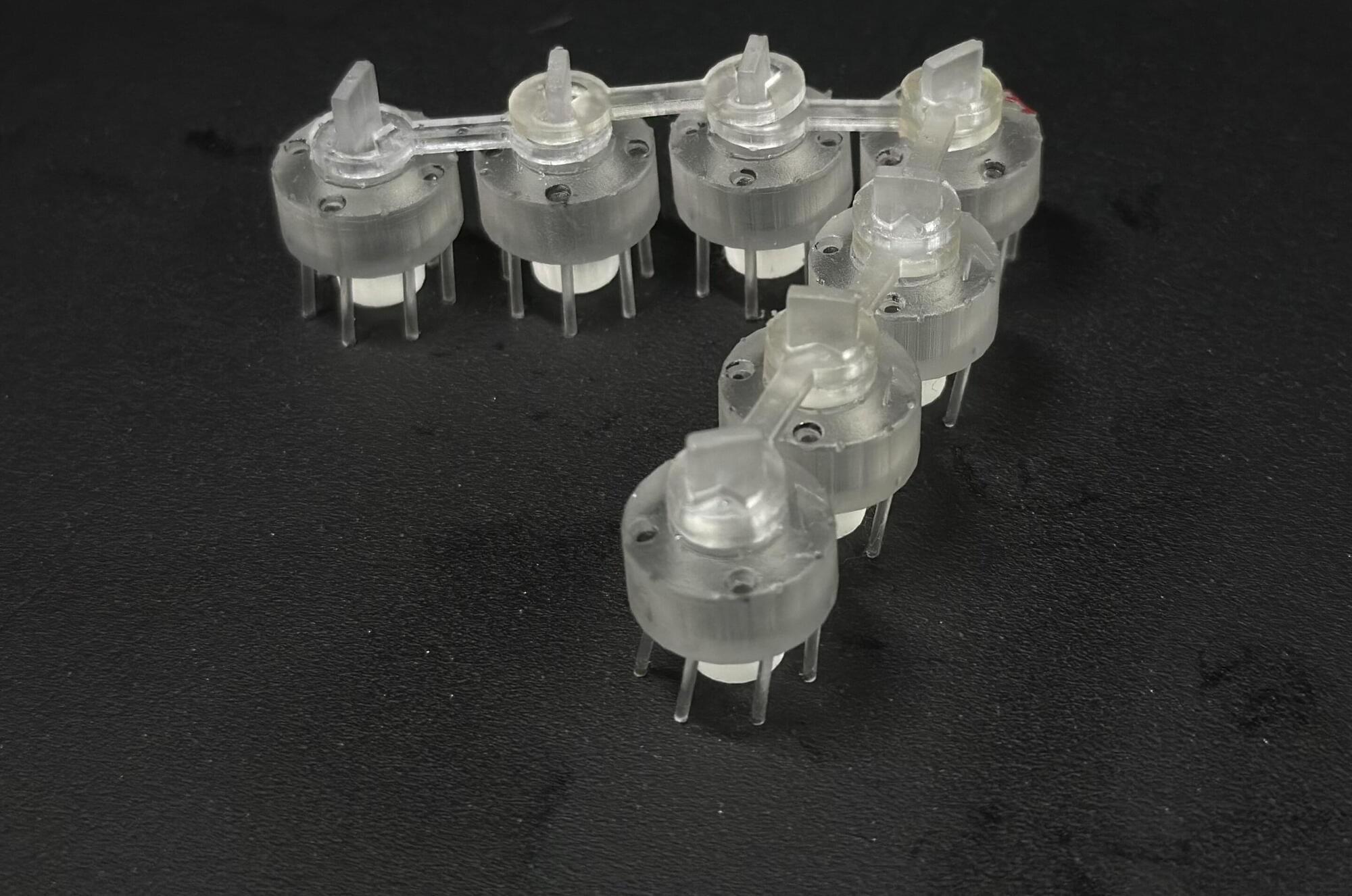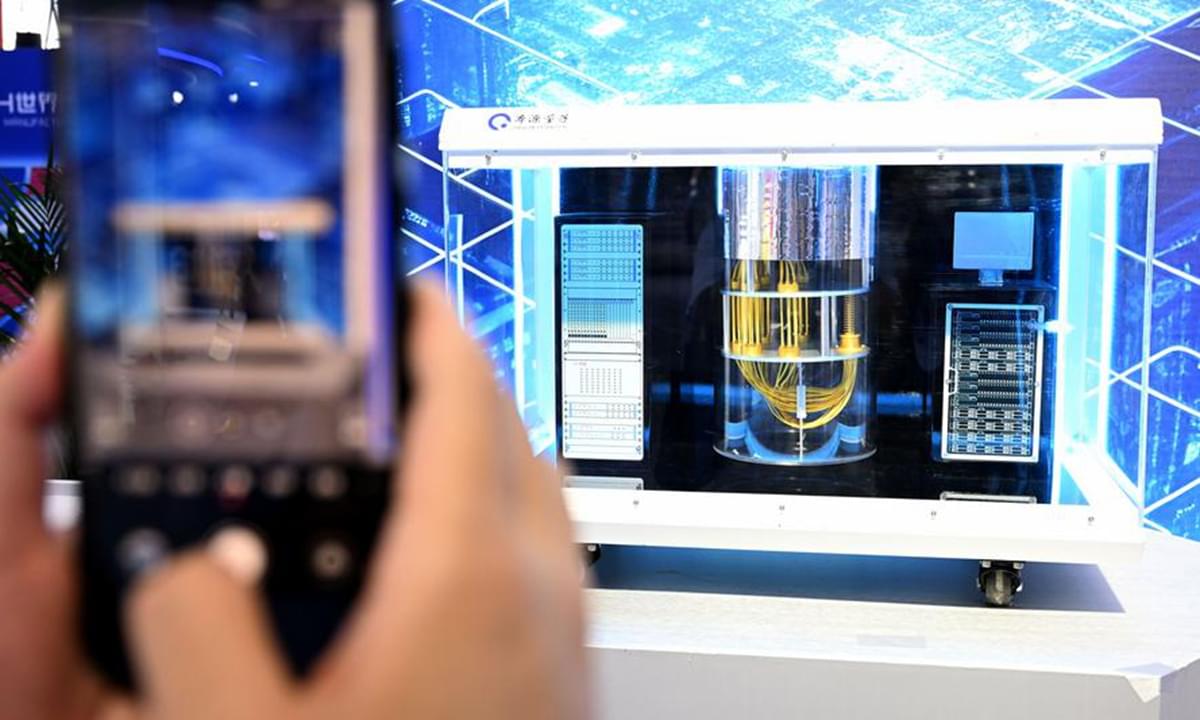In this profound and thought-provoking clip from the Quantum Convergence documentary, tech pioneer and physicist Federico Faggin delves into his transformative experience of consciousness — the moment he felt himself as the universe observing itself. Faggin, best known for his work in developing the first microprocessor, explores the fundamental nature of consciousness, its relationship with matter, and the deeper purpose of the universe.

Quantum Convergence is a groundbreaking documentary that explores the intersection of science, technology, and consciousness. Featuring leading thinkers and visionaries, the film examines how our understanding of reality is evolving in the age of AI and quantum physics.



#QuantumConvergence #Consciousness #FedericoFaggin #AI #Philosophy #Science #QuantumPhysics.
Learn more — https://www.infinitepotential.com/










 Q: When and where is Tesla launching its robo taxi network? A: Tesla’s robo taxi network is set to launch in Austin, Texas in June, marking a significant milestone for the company’s self-driving technology.
Q: When and where is Tesla launching its robo taxi network? A: Tesla’s robo taxi network is set to launch in Austin, Texas in June, marking a significant milestone for the company’s self-driving technology. Q: How will the robo taxi network impact Tesla’s valuation? A: The successful launch could potentially double Tesla’s stock valuation to over **$1 trillion, validating its unique approach to self-driving vehicles. Cost and Production Advantages.
Q: How will the robo taxi network impact Tesla’s valuation? A: The successful launch could potentially double Tesla’s stock valuation to over **$1 trillion, validating its unique approach to self-driving vehicles. Cost and Production Advantages. Q: How does Tesla’s self-driving system compare to competitors in terms of cost? A: Tesla’s AI-based self-driving system is significantly cheaper, with a per-mile cost of $0.10 compared to **$0.50-$1.00 for human-driven rides offered by competitors like Whim and Uber.
Q: How does Tesla’s self-driving system compare to competitors in terms of cost? A: Tesla’s AI-based self-driving system is significantly cheaper, with a per-mile cost of $0.10 compared to **$0.50-$1.00 for human-driven rides offered by competitors like Whim and Uber. Q: What production advantage does Tesla have over competitors? A: Tesla’s mass production capability of 2 million cars per year gives it a significant advantage over competitors like Whim, which operates with a limited fleet of 1,500 cars. Marketing and Revenue Generation.
Q: What production advantage does Tesla have over competitors? A: Tesla’s mass production capability of 2 million cars per year gives it a significant advantage over competitors like Whim, which operates with a limited fleet of 1,500 cars. Marketing and Revenue Generation. Q: How will the robo taxi network benefit Tesla’s marketing efforts? A: The network will serve as a unique marketing channel, allowing customers to experience self-driving rides firsthand, making it easier for Tesla to sell its cars and reach scale.
Q: How will the robo taxi network benefit Tesla’s marketing efforts? A: The network will serve as a unique marketing channel, allowing customers to experience self-driving rides firsthand, making it easier for Tesla to sell its cars and reach scale.